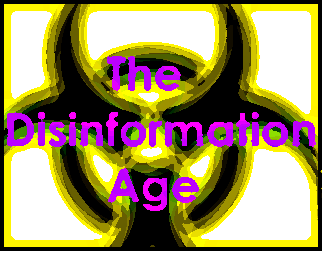How The Stories Of These Soviet Cold War Defectors Reveal The Intelligence Abyss pt. 5
/As the calendar fell upon the days of late 1962, the mole hunt inside Western intelligence began to expand within the United States. Fears of disinformation, false defectors, and the assumption of a traitor within its ranks began to internally damage the Central Intelligence Agency. Official attempts to discover and track disloyal intelligence employees had yet to render any solid leads or suspects. The effort to seek turncoats within the US intelligence community gained momentum with each new accusation and it began to spread. Other nations soon would be influenced by America’s search for penetration agents based upon the claims of a single defector…
Read More








